
Creating a standout portfolio is essential for any professional in the creative industry. It showcases your work, style, and skills to potential clients or employers. To help you design a portfolio that makes a lasting impression, we’ve compiled a list of 15 exceptional portfolio websites from various fields. These portfolios exemplify creativity, professionalism, and personal branding.
15 Great Portfolio Websites:
Christina Vanessa – Graphic Designer Christina’s portfolio is a vibrant showcase of bold graphic design work, reflecting her strong sense of color and form. Her projects are displayed with detailed case studies that provide insights into her creative process.

Sophie Brittain – UX Designer Sophie’s site stands out with its user-friendly interface and thoughtful user experience design examples, highlighting her expertise in creating seamless digital experiences.
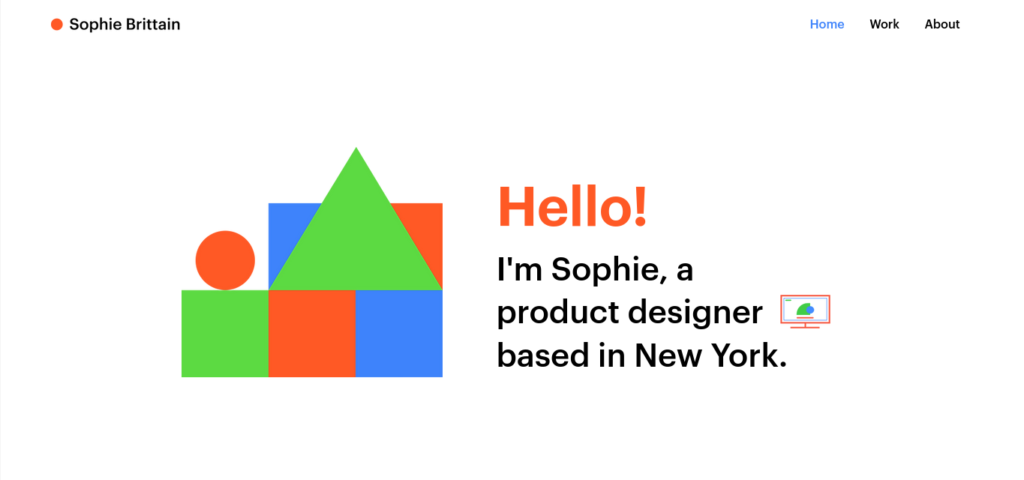
Steve Wolf Designs Specializing in branding and logo design, Steve’s portfolio features clean, aesthetic visuals and showcases his ability to create timeless designs for brands.
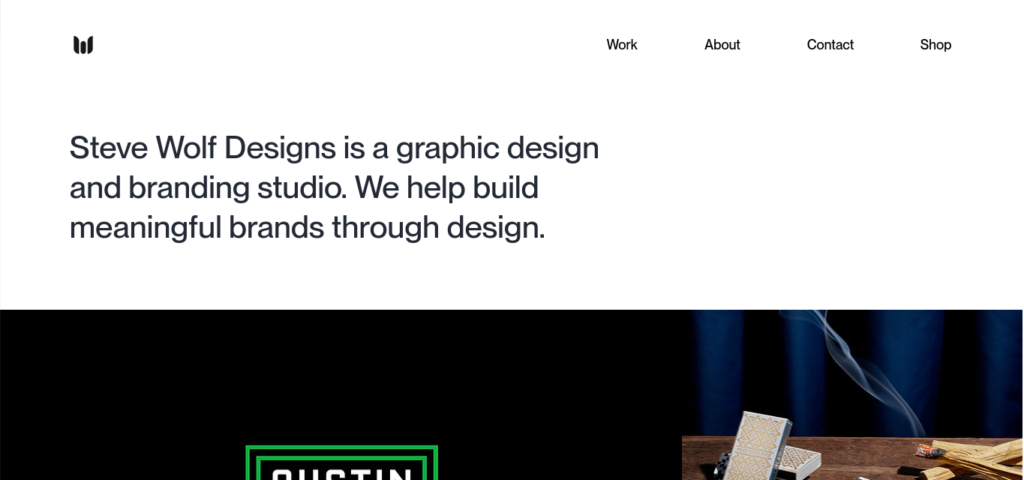
Wendy Ju – Graphic Designer Wendy presents a clean, minimalistic approach to graphic design. Her portfolio is a testament to her belief in ‘less is more’ and features elegantly laid out work.
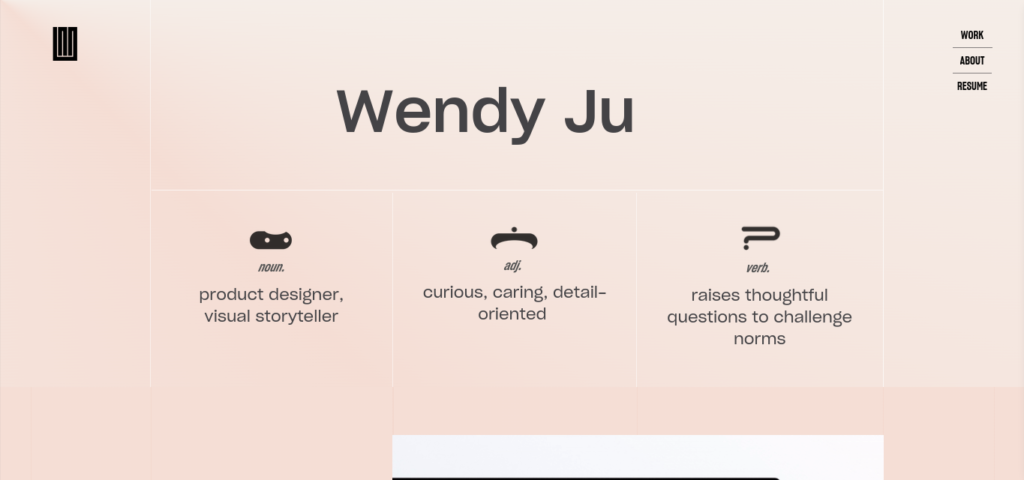
Chipie Designs This is an excellent example of how playful designs can be incorporated into professional work. The portfolio features fun, colorful illustrations and engaging animations.
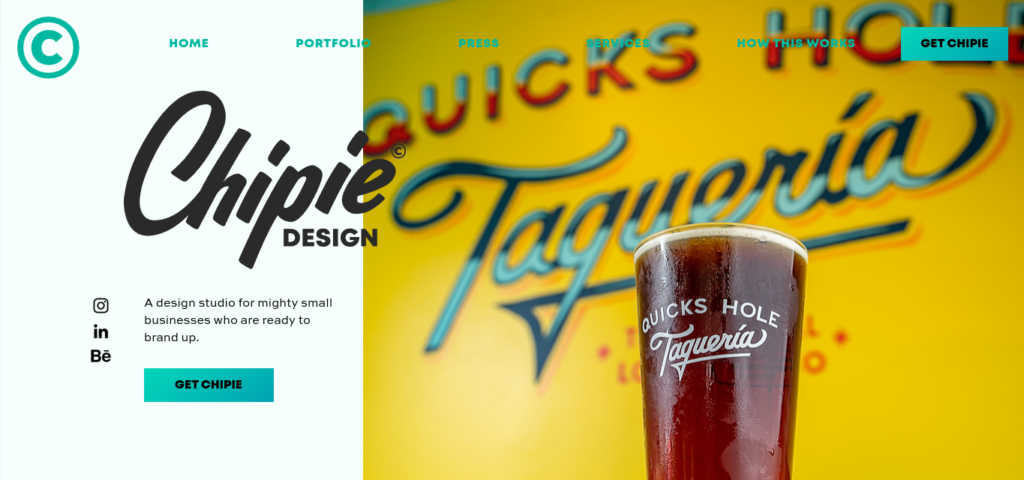
Studio Bagaz Known for bold typographic work and experimental designs, Studio Bagaz’s portfolio is a playground of creative expression that showcases a wide range of styles and mediums.
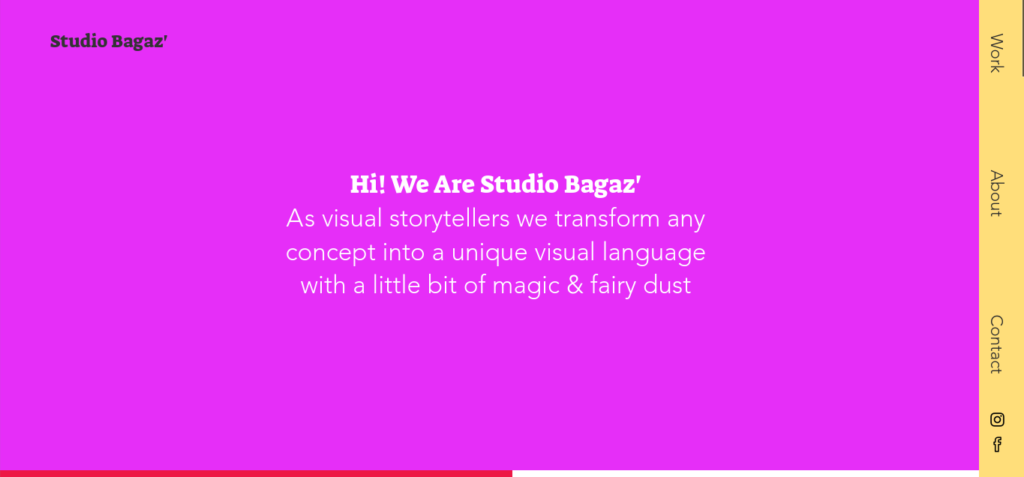
David Milan – Art Director David’s portfolio demonstrates his prowess in art direction with beautifully curated visuals that tell compelling stories, making each project memorable.
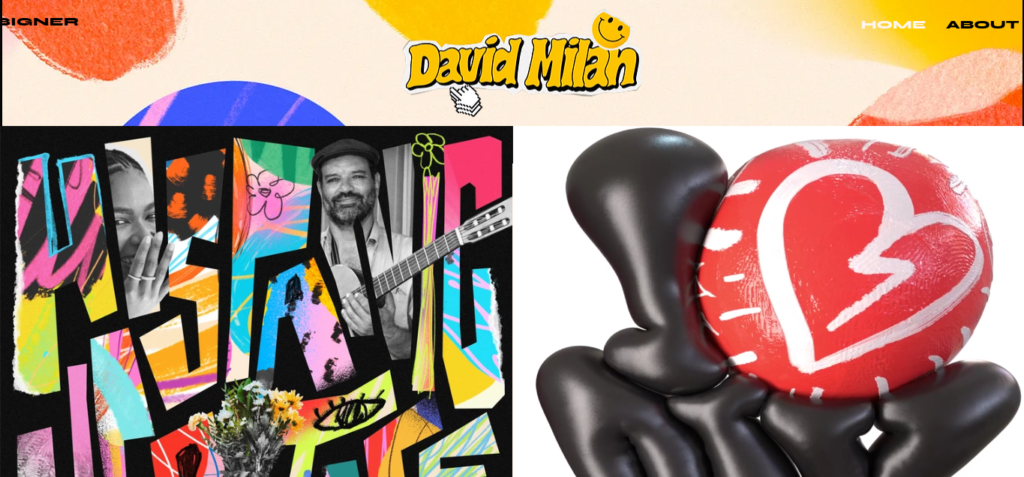
Ryan Haskins – Brand Designer Ryan’s site offers a clean, sophisticated look into his branding projects, emphasizing his detail-oriented work that builds distinct brand identities.
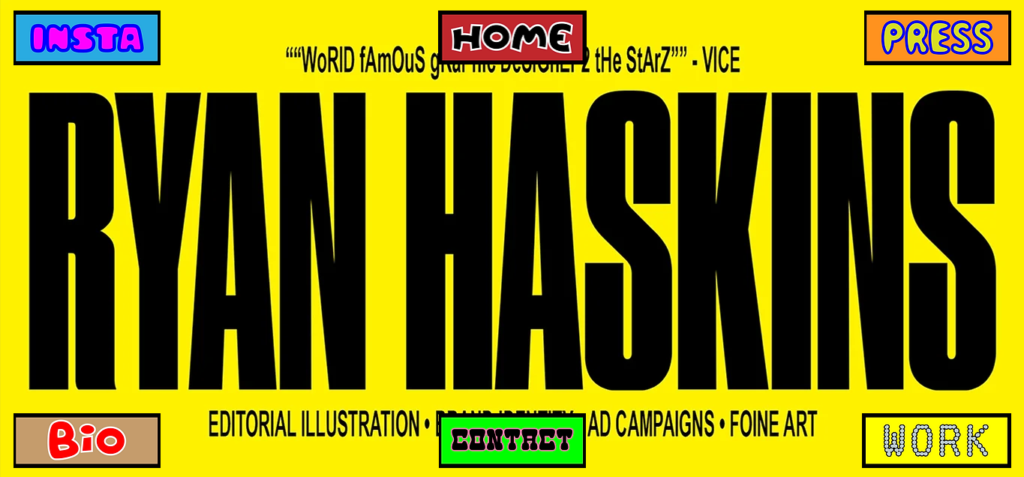
Aling Wen – Photographer Aling Wen’s photography portfolio beautifully captures emotion and detail, specializing in stunning landscapes and portraits that tell stories.
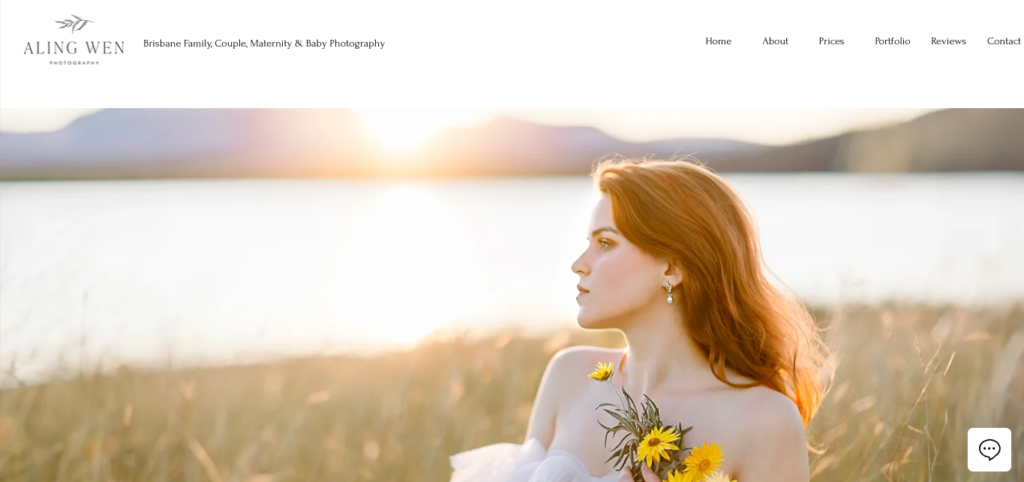
Anna Leovy – Artist and Illustrator Anna’s work is characterized by vibrant, expressive illustrations that explore human emotions and social issues, presented in a visually engaging manner.
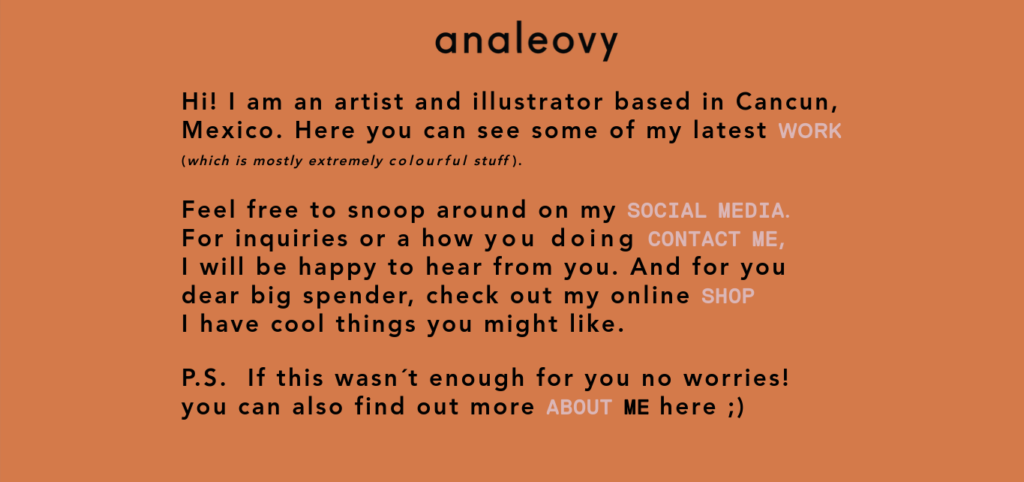
Reut Chen – Textile Designer Reut’s portfolio features innovative fabric designs and installations that blend traditional techniques with modern aesthetics.
Lena Steinkühler – Graphic Designer Lena showcases digital art and motion graphics that are futuristic and eye-catching, focusing on vibrant colors and fluid compositions.
Mathias Holmberg – Architectural Design Mathias’s portfolio presents a sleek, modern approach to architecture, with designs that emphasize sustainability and practicality.
T Sakhi – Interior Designers This portfolio showcases a unique blend of architectural and interior design, focusing on spaces that promote emotional and social interactions.
Kristina Smolyar – Model Kristina’s portfolio stands out with its stunning fashion photography and compelling visuals that highlight her versatility as a model.
How to Create an Amazing Portfolio Website
Ready to show the world what you’ve got? Building your own portfolio website can be super exciting and a bit daunting, but don’t worry—I’m here to guide you through it step by step. Think of your portfolio as your personal art gallery on the internet where you can show off all your creative projects. Let’s get started!
Step 1: Get to Know Yourself
- What’s Your Style? Before you start designing, think about what makes your work unique. Are you all about bold colors, or do you prefer a minimalist black and white look? Your portfolio should reflect your personality and style.
- Choose Your Best Work: Select projects that showcase your skills and variety. Like picking outfits for a week-long vacation, choose the pieces that best represent you!
Step 2: Choose the Right Tools Here are some platforms where you can create your portfolio:
- Wix: Great for beginners, Wix offers drag-and-drop tools that make it easy to design your website without needing to code.
- Squarespace: Known for its stunning, professionally-designed templates, Squarespace is perfect for artists, photographers, and designers looking for a sleek visual presentation.
- WordPress: If you want more customization and control, WordPress is a fantastic choice. It has thousands of themes and plugins but might require a bit more tech-savvy.
- Behance: Ideal for designers and creatives, Behance allows you to upload projects and get exposure in a community of professionals.
- Adobe Portfolio: Free with Adobe Creative Cloud, this tool helps you build a portfolio quickly and link it directly to your Behance projects.
Step 3: Design Your Website
- Keep It Clean and Simple: Like a tidy room, a clean design helps people focus on your work rather than getting distracted by too many elements.
- Navigation is Key: Make sure people can easily find their way around your website. Simple menus and clear links are like good road signs—they make the journey better!
Step 4: Show Off Your Work
- Create Great Visuals: Whether you’re a photographer, designer, or illustrator, high-quality images are a must. They’re like the high-resolution photos in a glossy magazine—they make everything look better!
- Tell the Story Behind Each Project: Share what inspired you and the process behind your projects. It’s like giving a tour of your gallery and telling visitors the story behind each piece.
Step 5: Make It Personal
- Add an ‘About Me’ Page: Tell your story. Are you a city-lover inspired by skyscrapers, or do you prefer the quiet countryside? Let people know who you are and what makes you tick.
- Contact Information: Don’t forget to let people know how they can reach you. It’s like leaving the door open for guests to come back.
Step 6: Test and Get Feedback
- Ask Friends and Family: Before you go live, show your website to friends and family. They can be like your test audience at a dress rehearsal, helping you smooth out any wrinkles.
- Make Adjustments: Based on the feedback, tweak your site. Sometimes a small change can make a big difference!
Step 7: Launch and Share
- Go Live: Once you’re happy with everything, publish your site. It’s like opening night at your gallery!
- Spread the Word: Share your website on social media, in emails, and through networking. It’s like handing out invitations to your show.
Wrapping Up Creating your portfolio website is a fantastic way to share your talent with the world. It’s your space on the internet where you can express yourself freely and connect with potential clients or employers. Have fun making it, and be proud to show it off!

